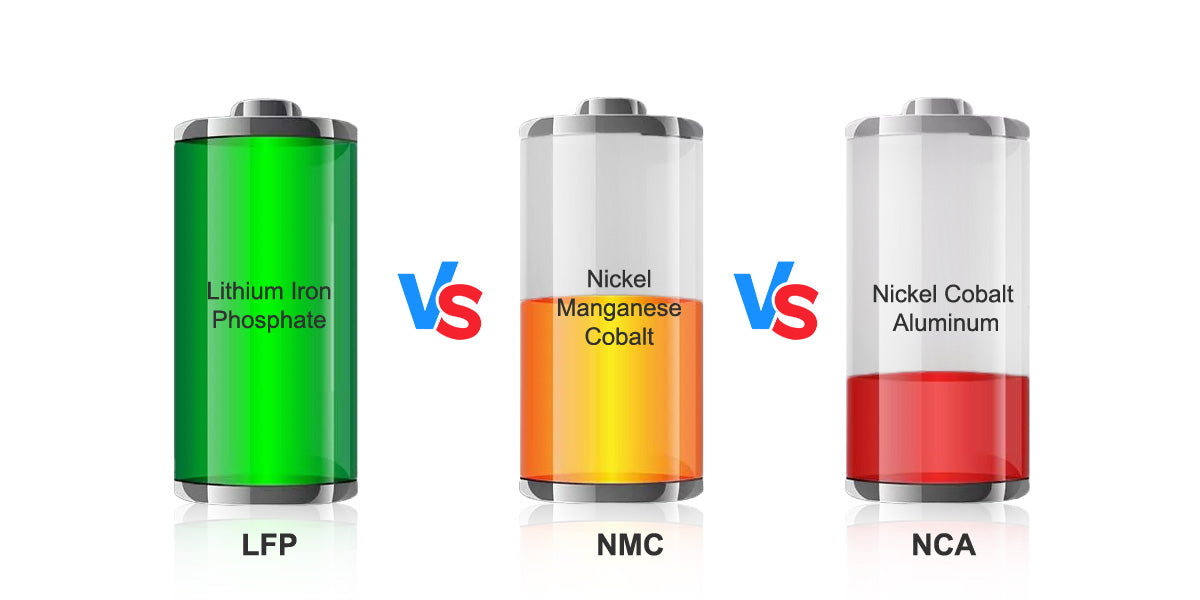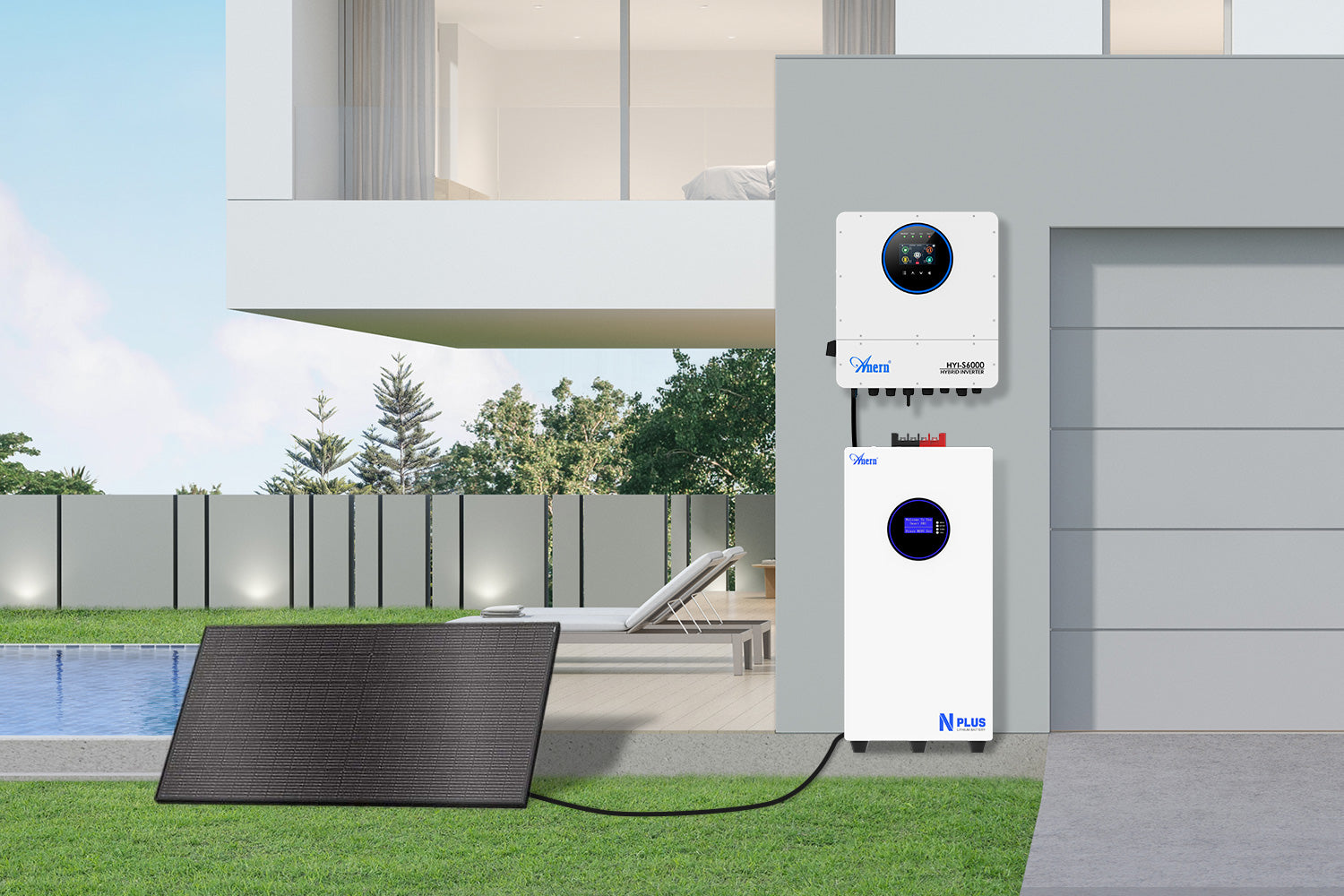Achieving energy independence through an off-grid solar system is a significant step. At the heart of such a system lies the solar inverter, a crucial component that transforms the direct current (DC) electricity from your solar panels and batteries into the alternating current (AC) used by your household appliances. Selecting the appropriate solar inverter is vital for the efficiency, reliability, and longevity of your off-grid setup. This guide provides practical insights to help you make an informed decision.
Understanding Off-Grid Solar Systems
Off-grid solar systems offer freedom from traditional utility companies, providing complete control over your energy consumption. These systems are self-sustained, meaning they require batteries for energy storage to ensure power availability during nighttime or cloudy days. The global off-grid solar energy market is expanding, with projections showing a rise from an estimated 12.23 gigawatts in 2025 to 17.42 gigawatts by 2030, growing at a compound annual growth rate (CAGR) of 7.32% during this period.
When designing an off-grid solar power system, several important factors come into play. You need to consider your home's energy needs, local weather patterns, and geographic location. For instance, homes in sunnier regions will naturally yield more electricity from solar installations. Assessing your energy consumption by reviewing past energy bills is a smart starting point to anticipate how much energy your solar system needs to produce.
The Role of the Solar Inverter
A solar inverter is an electronic device that converts the DC power generated by solar panels into AC power, which is the standard for most household appliances. In off-grid systems, the inverter also integrates with battery storage, allowing you to store excess energy for later use. This ensures a continuous power supply, even when the sun is not shining.
Grid-Tied vs. Off-Grid Considerations
While this article focuses on off-grid solutions, it is helpful to understand the distinction between grid-tied and off-grid solar systems. Grid-tied systems remain connected to the public electricity grid, allowing you to feed excess electricity back to the grid and draw power when your solar production is insufficient. This can offset energy bills. Off-grid systems, by contrast, operate entirely independently, making them ideal for remote locations or those seeking complete energy autonomy. A robust battery bank, often composed of lithium-ion batteries, becomes a requirement for off-grid living, especially in areas prone to power outages or hazardous weather.
Types of Solar Inverters for Off-Grid Use
Different types of inverters cater to various off-grid needs. Understanding their characteristics will help you choose the most suitable one for your system.
Pure Sine Wave Inverters
Pure sine wave inverters produce an output waveform that is smooth and continuous, mirroring the electricity provided by utility companies. This "clean" power is crucial for sensitive electronics such as laptops, televisions, medical equipment, and high-end computing systems, ensuring they operate efficiently and without damage. Devices with inductive loads, like motors, refrigerators, and fans, also run more smoothly and quietly on pure sine wave power, leading to better performance and extended lifespan. These inverters also minimize electrical noise, providing clearer signals for audio and communication equipment.
While pure sine wave inverters are generally more expensive, their efficiency in powering a wide range of devices can result in long-term savings by preventing equipment damage. Modern pure sine wave inverters typically achieve efficiency ratings between 95% and 99%. However, real-world performance can vary due to factors like temperature and shading.
Modified Sine Wave Inverters
Modified sine wave inverters are a more affordable option. They produce a stepped waveform that is a rough approximation of pure AC power. While they can power less sensitive electronics like lights and simple power tools, they may cause issues for devices requiring stable power, potentially leading to buzzing noises, overheating, or reduced lifespan for sensitive equipment.
For an off-grid system powering modern homes with diverse electronic needs, a pure sine wave inverter is often the preferred choice to ensure optimal performance and protection for your appliances. ANERN, specializing in lithium battery manufacturing and integrated ESS development, offers high-performance solar inverters designed to convert DC to AC power with efficiency and reliability for off-grid solutions.
Sizing and Voltage Considerations
Properly sizing your inverter and matching its voltage to your battery bank are critical steps for system performance and safety.
Determining Inverter Size (Wattage)
The wattage of your inverter should align with your anticipated power needs. You will need to calculate the total wattage of all appliances you plan to run simultaneously. For example, if you intend to use a coffee maker (1000W) and a microwave (1500W) at the same time, your inverter should be capable of handling at least 2500W. It is also wise to consider a surge capacity, as some appliances require a higher wattage for a brief period upon startup. The good news is that the calculations you make to determine your power needs should also provide information regarding the wattage required.
Matching Inverter and Battery Bank Voltage
Inverters are designed to work with specific battery voltages. If your battery bank is 12V, 24V, or 48V, your inverter must match that voltage to prevent damage to your off-grid system. Generally, higher voltage systems offer better energy transfer efficiency because a higher voltage allows the same power to flow with less current, reducing energy loss in the wiring.
Consider the following guidelines for system voltage based on energy requirements:
- Less than 1500W: A 12V configuration is often sufficient and cost-effective, suitable for applications like RVs or small cabins.
- 1500W to 5000W: A 24V setup provides improved performance and efficiency for medium-sized systems.
- Over 5000W: A 48V configuration is generally the most beneficial in terms of cost, space utilization, and overall system efficiency, especially for larger residential or commercial setups.
For example, a 48V system can transmit the same power with half the current compared to a 24V system, minimizing resistive losses and improving overall efficiency. This also allows for thinner cables, which can lower costs and boost efficiency.
| System Voltage | Recommended Inverter Size | Typical Applications | Efficiency Note |
|---|---|---|---|
| 12V | Up to 1000W | Small RVs, basic lighting, portable devices | Lower efficiency for higher loads due to higher current |
| 24V | Up to 2000W | Medium-sized cabins, small homes, moderate appliances | Improved efficiency over 12V for similar power |
| 48V | Up to 5000W or more | Larger homes, farms, businesses, extensive appliance use | Highest efficiency, reduced cable costs due to lower current |
Efficiency and Reliability
The efficiency of your solar inverter directly impacts how much usable electricity you get from your solar panels and battery bank. An inverter with high efficiency ensures that minimal energy is lost during the DC-to-AC conversion process. Most modern inverters achieve a conversion efficiency of 95-98%.
Factors influencing inverter efficiency include the technology used, such as Maximum Power Point Tracking (MPPT), which optimizes energy output from PV panels even under variable sunlight conditions. High-quality components and proper installation practices also contribute to maintaining peak efficiency over time. For example, a system with 90% inverter efficiency means 10% of the energy is lost within the inverter.
Reliability is equally important for an off-grid system, as you depend entirely on your setup for power. Choosing an inverter from a reputable manufacturer with a proven track record in the solar and energy storage industry is crucial. ANERN, with years of experience in the solar industry, focuses on delivering reliable and scalable energy solutions, including high-performance solar inverters and integrated energy storage systems, to help customers achieve true energy independence.
Making Your Selection
When choosing your solar inverter, consider these practical steps:
- Calculate Your Energy Needs: List all appliances you plan to power and their wattage. Determine peak and continuous power demands.
- Choose the Right Inverter Type: For most modern off-grid homes with sensitive electronics, a pure sine wave inverter is the ideal choice.
- Match Voltage: Ensure your inverter's DC input voltage (e.g., 12V, 24V, 48V) matches your battery bank's voltage.
- Consider Efficiency Ratings: Look for inverters with high peak and European efficiency ratings to maximize energy harvest.
- Assess Features: Consider features like built-in charge controllers, monitoring capabilities, and compatibility with other system components.
- Review Warranty and Support: A strong warranty and accessible customer support are indicators of a reliable product and manufacturer.
The decision to go off-grid requires careful planning and the selection of robust components. The solar inverter is a cornerstone of this system, converting raw solar energy into usable power for your daily needs. By understanding the different types, sizing considerations, and the importance of efficiency, you can select a solar inverter that ensures a stable, reliable, and truly independent energy supply for your home, farm, or cabin.





Leave a comment
All comments are moderated before being published.
This site is protected by hCaptcha and the hCaptcha Privacy Policy and Terms of Service apply.